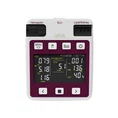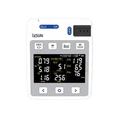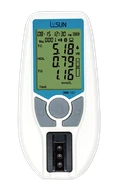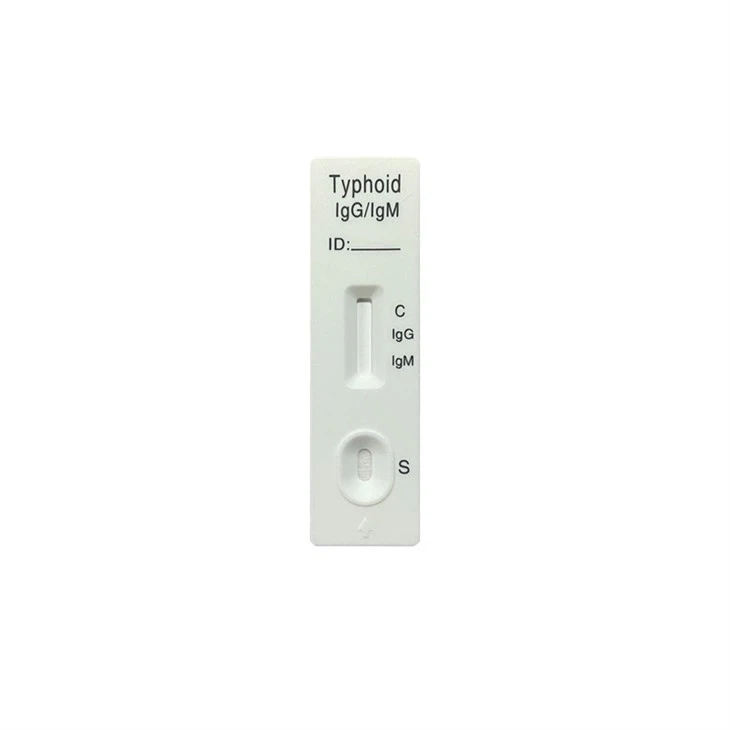|
Product name |
Typhoid IgG/IgM Rapid Test Self-Test |
||||||
|
Item type |
TYP-W21 |
||||||
|
Specimens |
Whole blood/Plasma/Serum |
||||||
|
Packing Specification |
1 kit/ box, 5 kits / box, 25 kits/ box |
||||||
|
Size |
|
||||||
|
Shelf life |
2 year |
||||||
|
Test Time |
Waiting about 15 minutes |
||||||
|
Certificate |
CE, ISO:13485 |
||||||
|
OEM |
Acceptable |
||||||
|
Service condition |
The kit should be stored at 2-30°C |
General treatment and symptomatic treatment. After admission, patients are immediately isolated as gastrointestinal infectious diseases. After clinical symptoms disappear, fecal culture is sent every 5-7 days for examination. If negative results are obtained twice in a row, isolation can be lifted. Patients with fever must rest in bed. They can sit in bed for 2-3 days after fever subsides, and can engage in mild activity for 2 weeks after fever subsides. A high calorie, nutritious, and easily digestible diet should be provided, including sufficient carbohydrates, proteins, and various vitamins, to supplement the consumption during the fever period and promote recovery. During the fever period, it is advisable to use a liquid or soft, residue free diet, and eat small meals frequently. After fever subsides and appetite increases, you can gradually eat porridge, soft rice, and avoid eating hard and high residue foods to avoid inducing intestinal bleeding and perforation. Generally, it takes 2 weeks after fever subsides to return to normal diet. Patients should be encouraged to drink more water, approximately 2000-3000ml per day (including diet), to facilitate toxin excretion. If unable to eat due to severe illness, intravenous infusion of 5% glucose physiological saline can be used.
For patients with severe toxemia, steroids can be used in combination with sufficient and effective antibacterial treatment.


















